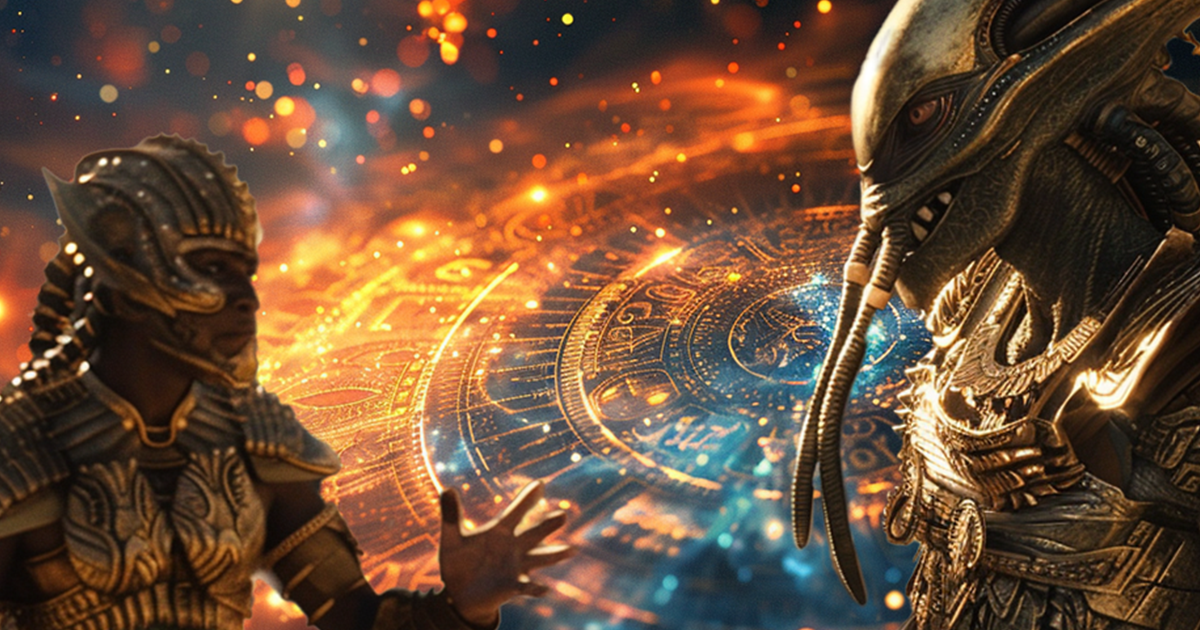The Long Count calendar, an intriguing ancient Mayan system that continues to captivate scholars with its precision and recurring patterns, remains a subject of fascination. The calendar’s remarkable accuracy hints at either a profound mastery of mathematics or potential guidance from celestial beings.
Devised by the Mayans, renowned for their expertise in astronomy and mathematics, the Long Count calendar was designed to monitor the passage of time and cosmic cycles. Diverging from modern calendars based on solar or lunar cycles, this calendar follows a complex structure of units that measure the progression of time both linearly and cyclically.
One of the most significant aspects of the Long Count calendar is its precision. Despite being devised millennia ago, it continues to accurately forecast celestial events such as solar and lunar eclipses. This level of accuracy implies a deep comprehension of mathematics and celestial movements.

Alternative theories have been put forth by some researchers regarding the calendar’s precision. They postulate that the Mayans may have received knowledge or guidance from extraterrestrial entities, enabling them to craft such a sophisticated calendar.
The concept of extraterrestrial influence on ancient civilizations is not novel. Similar notions have been raised about diverse ancient cultures worldwide, suggesting that advanced beings might have influenced human history and societal development.
Regardless of the interpretations, the Long Count calendar serves as a testament to the brilliance and intellect of the Mayan civilization. Its precision and cyclical nature remain captivating and inspiring researchers even today.
In conclusion, the Long Count calendar represents a significant achievement in the fields of mathematics and astronomy. Whether viewed as a testament to human brilliance or as a symbol of extraterrestrial involvement, its lasting impact reminds us of the mysteries of the past and humanity’s boundless potential for accomplishments.
